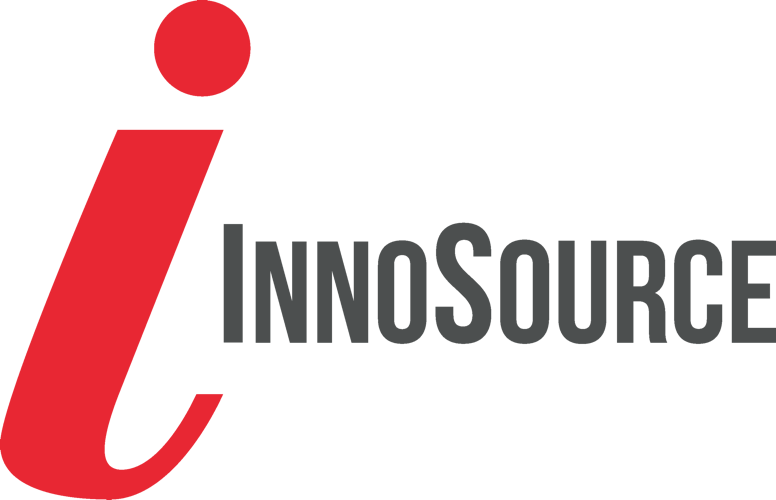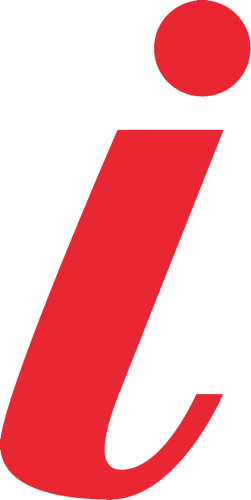
Acting Fast Leads to Success in Recruiting
By Steve Smith, InnoSource Chief Financial Officer
To be successful in the world of recruiting, there is a clear need for speed.
Recruiting for talent is an ultra-competitive landscape. In the U.S. alone, there are more than 20,000 recruiting firms. Companies that choose InnoSource hire us to bring them high-quality candidates who will be productive and loyal. But in order to assemble talent, quick work is key.
Top talent often isn’t on the market for very long. I have recently read that top candidates are often scooped up in fewer than two weeks. If the candidate is qualified and actively seeking opportunities, our recruiters need to act fast or risk a competitor beating us to the punch. The more we get beat, the harder it becomes to bring our client companies qualified candidates. It’s a circle of value largely underscored by how quick we are to act — and by how effective we are in identifying the best candidates for a position.
At InnoSource, we have an incredible collection of accomplished and driven recruiters — we are very intentional about how we recruit our recruiters. They understand the importance of speed, and they follow through well. But even the most motivated recruiters can only get so far without the latest tools at their disposal.
Traditionally, a recruiter might spend around 30% of their day screening candidates — sorting through resumes and creating a list of top prospects they want to interview. It’s an arduous process, but one that’s been made easier with new technology.
We’ve also equipped our recruiters with chatbot technology. This allows us to provide applicants with a variety of questions through a digital application process that pre-qualifies them to determine if they move forward to the next round. Many of the questions pertain to candidate preferences. For example, we ask about the pay requirements of the applicant. If the applicant’s desired pay doesn’t match what’s being offered, we are able to remove the candidate because we know they’re not going to be a good fit for the role for which we’re hiring. Other questions might also pertain to their desired work environment — fully remote, hybrid or in office. Or, if proximity is important, how close a candidate’s residence is from the hiring company.
Before chatbot technology, a recruiter would schedule an interview with candidates and spend the first several minutes on the phone going through these qualification questions. Now, we can skip that part of the process and get to the real human elements. Our recruiters now focus more on getting to know the candidate, seeing how well they could fit in the company culture, and selling the candidate on the role and on the company with the open position. Saving our recruiters time up front allows them to work through the recruiting process quicker — thus increasing their speed.
In my experience, the recruiter who reaches the candidate first often has the best chance of earning the candidate’s trust, if we assume our competitors are offering similar opportunities with comparable benefits. The need for speed is real in our world of recruiting, and it has only increased with the adoption of new technology. And if we don’t stay at the front of the pack — we risk losing the race.

